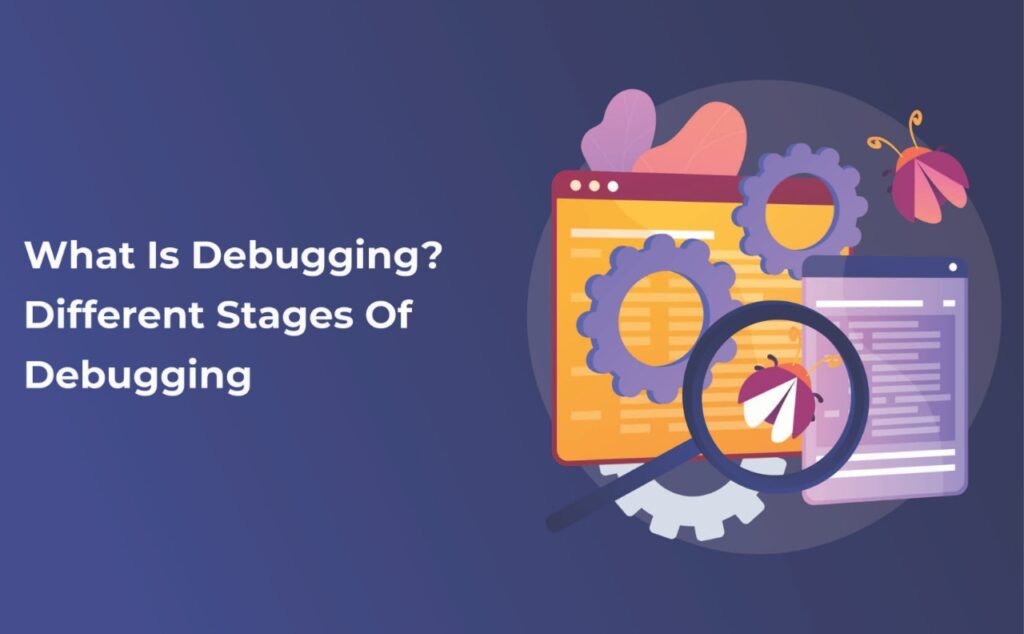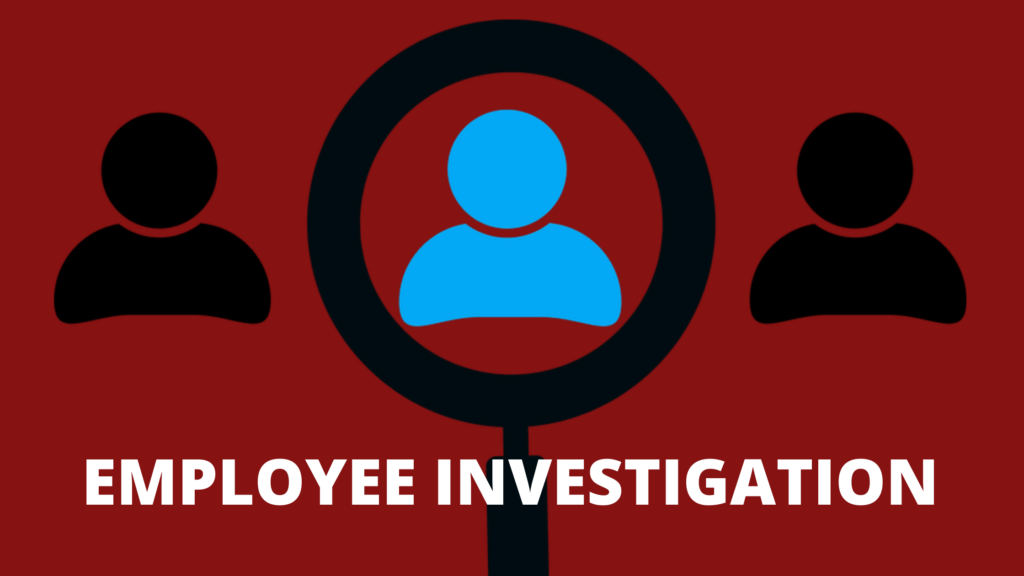Software needs to be free from errors before publishing in the App Store or play store. Any software application after completing the development stage needs to be bug-free before going into the market. To survive in the competition, every brand wants to be at the top. The customer becomes satisfied if he or she does not find any error while using the software application. Customer satisfaction is the main goal for any business and only a bug-free product can drive better customer satisfaction. In this article, we are going to discuss what is debugging and the different stages of debugging.
What Is Debugging?
During the software development process, the applications undergo phases such as testing, updating, troubleshooting, and maintenance. In short, debugging is the process of finding or fixing a bug in the software. In general, the software program or software contains errors and bugs, which are removed at regular intervals of time. The bugs should be removed from the software to get a final bug-free product. Most software testers used the debugging process to find bugs and fix them. The debugging process may look simple, but it is a complicated task hence you need to fix all bugs at every stage of debugging.
Why Do We Need Debugging?
The process of debugging starts as soon as the code of the software application is written. It continues in successive stages as code is combined with other units of codes to form a final software product. In a complex program that has thousands and thousands of lines of code, the debugging process can be done using techniques such as code reviews, unit tests, and pair programming. To find bugs, it can be useful to look at the code’s logging and use a debugger tool or the debug mode of an integrated development environment (IDE). The debugging has several advantages including:
- It reports an error condition immediately when it is found. This helps in the earlier detection of an error and makes the process of software development simple and unproblematic.
- It also offers information about data structures and enables easy interpretation.
- With the help of the debugging process, the developer can eliminate complex one-use testing code to save a lot of time in software development.
Different Stages Of Debugging
The different stages involved in the process of debugging are:
Identify Error: finding errors at an early stage of the development process can save a lot of time. If you make any mistake in identifying an error, it leads to wasted developing time. Commonly, production errors reported by users are hard to interpret, and sometimes the information we get is misleading. Errors or bugs found at the user site are not easy to find. Finding the error is necessary to save time and avoid errors at the user site.
Find The Error Location: after finding the error correctly, you need to go through the code to find the perfect spot where the error is found. It helps to fix the problem or debug faster. In this stage, you need to focus on identifying the error instead of understanding it.
Analyze The Error: In the third stage, you need to use a bottom-up technique from the error location and analyze the code. This helps you in finding the bugs or errors. It helps in checking around the error for other errors to be found and to find about the risks of entering any collateral damage in the bug fixing. This stage is important as solving one error may lead to another error.
Prove The Analysis: once the identified error has been analyzed, You need to focus on finding a few more errors that may appear on the application. This step is about writing automated tests where you need to write the test cases with the help of a test framework. In case, if you run all test cases and pass the test, you can move to the next stage, or else you look into or resolve the test case that doesn’t pass the test.
Fix And Validate: The last stage is fixing all the errors and running all the test scripts to make sure that if they all pass.
Debugging Tools
A debugger is a software tool used for identifying coding errors at various stages of application development. Some debugging tools offer simulators that enable the developer to model how an app will display and behave on a given computing device. Many free debugging tools and scripting languages do not run in an IDE, so they need a more manual approach to debugging. Some of the debugging tools are radare2, LLDB, GDB, Microsoft visual studio debugger, Eclipse debugger, Firefox JavaScript Debugger, WinDBg, and more.
Conclusion
By going through this blog, you can understand debugging and the different stages involved in debugging. Debugging process is not simple as it seems. You need the help of a skilled tester or hire a debugging services provider company to make your software product bug-free. You can get help from an Advance detective agency to get debugging services at an affordable cost.



